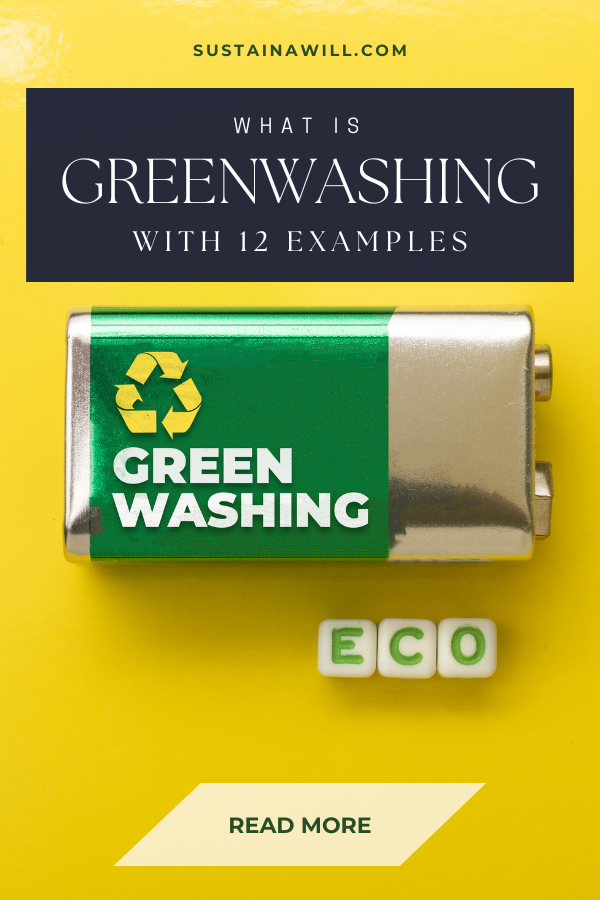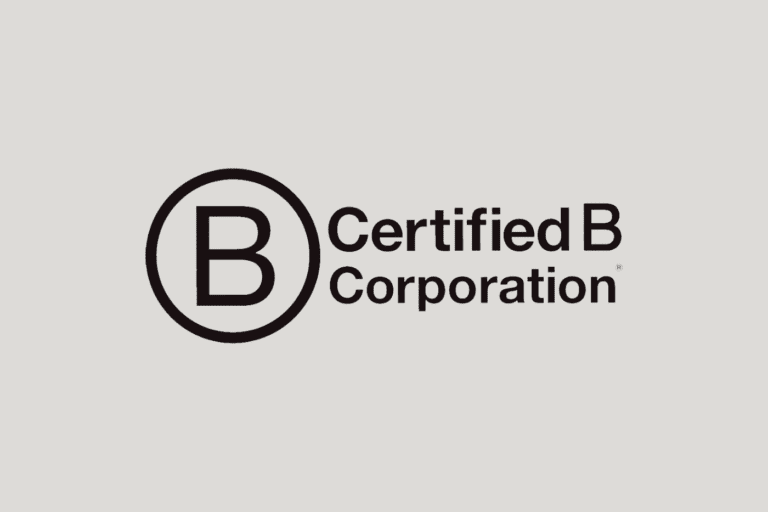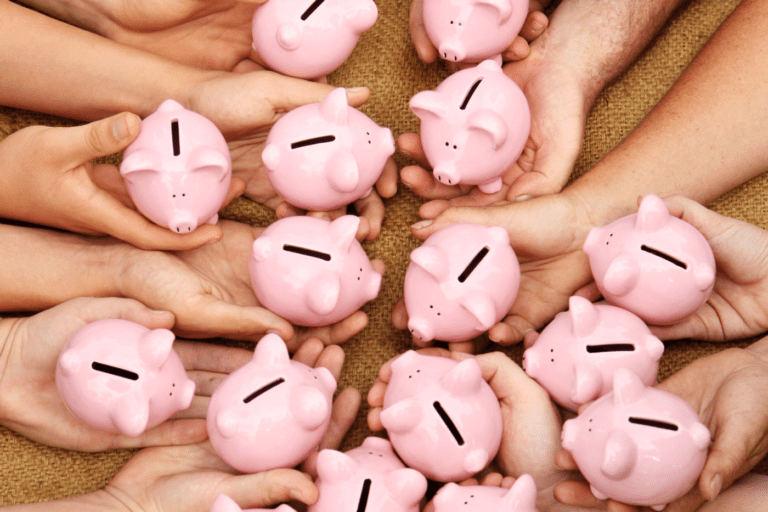In a world where every product claims to be “eco-friendly”, how do you discern between genuine sustainability and clever marketing tactics?
The answer lies in understanding greenwashing. In this guide, we’ll unravel the mysteries, providing you with real-world examples and insights.
By the end, you’ll be equipped to make truly eco-conscious choices and navigate the sea of green claims with confidence. Let’s dive in!
What is Greenwashing?
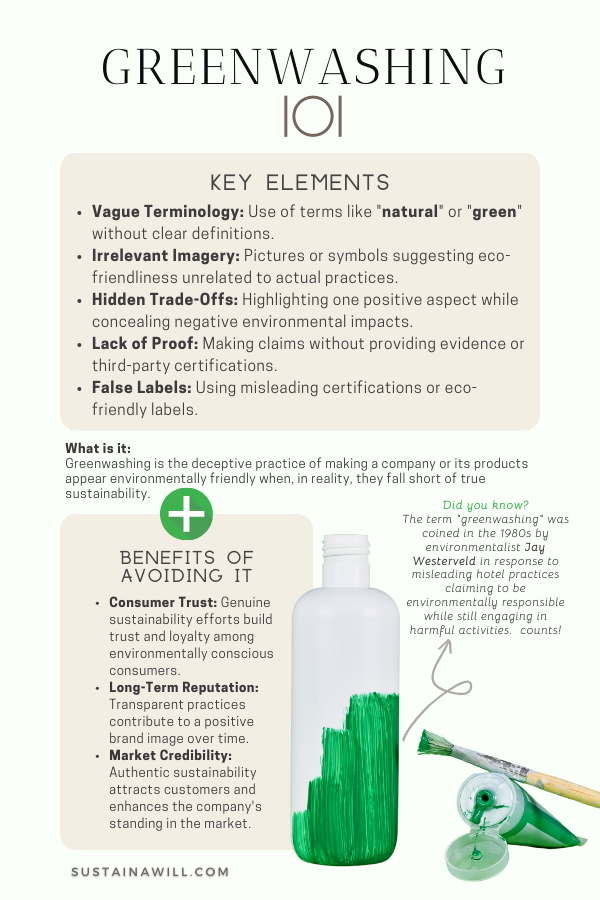
Greenwashing is the deceptive practice of making misleading or false claims about a product’s environmental friendliness or sustainability to attract environmentally conscious consumers.
It involves creating a false perception of eco-friendliness without substantial evidence or commitment to sustainable practices.
So, greenwashing is like a chameleon in the business world—it disguises itself as environmentally friendly when, in reality, it’s just a clever marketing tactic.
Companies engage in greenwashing to attract eco-conscious consumers without making substantial sustainable changes in their practices.
Examples of Greenwashing
Misleading Labels:
Example: A clothing brand slaps a “green” label on its products without specifying the sustainable practices or materials used.
Incomplete Certifications:
Example: A food product claims to be “certified organic” but fails to mention that only a small percentage of its ingredients meet this standard.
Vague Terminology:
Example: A cleaning product boasts about being “environmentally friendly” without providing concrete details on what makes it so.
Exaggerated Claims:
Example: An airline promises to offset carbon emissions, but in reality, the offsetting measures are minimal and not impactful.
Diverting Attention:
Example: An energy company heavily advertises its renewable energy projects but downplays the fact that the majority of its energy still comes from fossil fuels.
Image Manipulation:
Example: A logging company showcases pictures of green landscapes and wildlife on its website, diverting attention from its unsustainable logging practices.
Hidden Practices:
Example: A car manufacturer emphasizes the fuel efficiency of its vehicles but avoids addressing its overall environmental impact, including manufacturing and disposal.
How to Spot Greenwashing?
- Vague Language: Watch out for terms like “eco-friendly” or “green” without clear explanations of what makes the product or company sustainable.
- Lack of Specifics: Genuine sustainability efforts come with transparent details. If a company is genuinely green, they’ll proudly share the specifics including sustainability certifications.
- Inconsistencies: Check if the company’s actions align with its green claims. If there’s a significant mismatch, it’s likely greenwashing. A quick Google search is your friend here.
Being a savvy consumer is the best defense against greenwashing. Dig deeper, ask questions, and support brands that walk the sustainability talk.
Is greenwashing ethical?
No. Greenwashing involves deceptive practices, which are inherently unethical. It misleads consumers and undermines genuine efforts toward sustainability.
Is greenwashing a real thing?
Yes. Greenwashing is a widespread phenomenon where companies exaggerate or falsely claim environmental responsibility to improve their public image without making substantial changes.
Is greenwashing an ESG?
No, but it can be related. Greenwashing is not a component of Environmental, Social, and Governance (ESG) principles. However, misleading environmental claims may impact a company’s ESG performance.
How is greenwashing illegal?
Through false advertising and consumer protection laws. Greenwashing can be illegal if it involves false advertising or violates consumer protection laws. Authorities may take legal action against companies engaging in deceptive practices.
Who is to blame for greenwashing?
The companies engaging in these deceptive practices. The responsibility lies with companies that deliberately mislead consumers. They choose to prioritize marketing over genuine sustainability efforts.
What is the opposite of greenwashing?
Genuine sustainability or ethical practices. The opposite of greenwashing is a sincere commitment to sustainability, where companies authentically adopt eco-friendly practices and transparently communicate their efforts.
What’s the difference between green marketing and greenwashing?
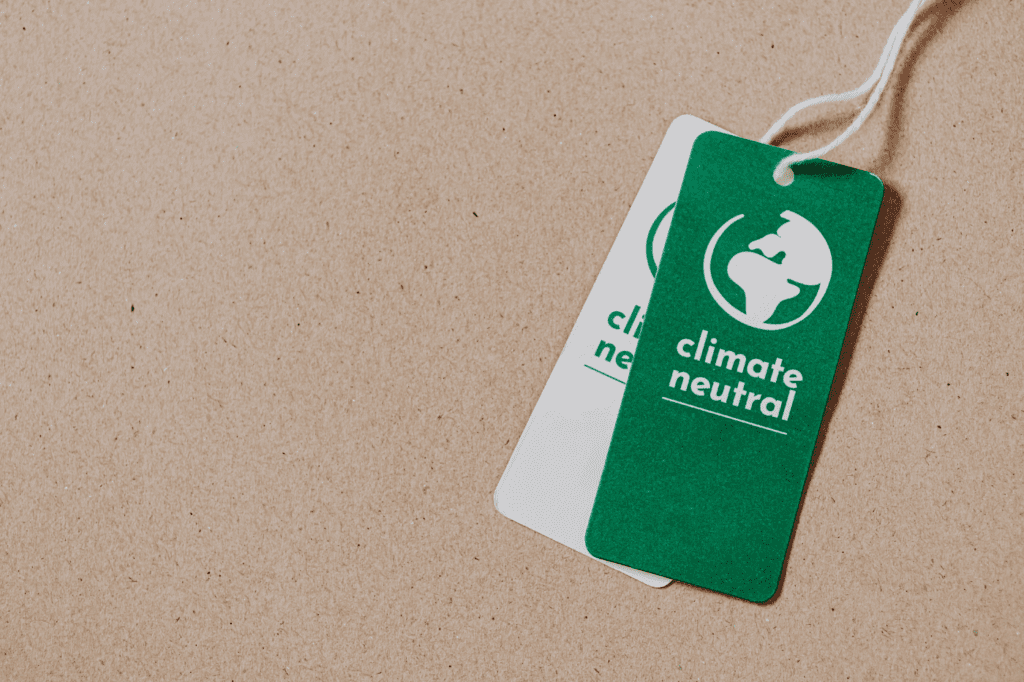
Green Marketing
- Definition: Promoting products or services based on genuine environmentally friendly attributes or positive sustainability efforts.
- Intent: Authentically communicates a commitment to sustainability to attract eco-conscious consumers.
- Transparency: Provides clear and truthful information about a product’s eco-friendly features or a company’s sustainable practices.
- Impact: Aims to contribute positively to environmental conservation and align with eco-conscious values.
Greenwashing
- Definition: Deceptive practice of exaggerating or falsely claiming environmental responsibility to improve a company’s public image without genuine sustainability efforts.
- Intent: Driven by marketing strategies rather than a real commitment to sustainability, aimed at enhancing the company’s image.
- Transparency: Lacks transparency, often involving vague or misleading information that makes it hard for consumers to discern the actual environmental impact.
- Impact: Undermines trust in companies and the effectiveness of genuine sustainability initiatives, contributing to consumer skepticism about environmental claims.
Key Distinctions
- Authenticity: Green marketing is rooted in genuine sustainability, while greenwashing involves deceptive practices.
- Communication: Green marketing is transparent and truthful, while greenwashing relies on misleading tactics.
- Intent: Green marketing aims for a positive environmental impact, whereas greenwashing is driven by marketing strategies with little real commitment to sustainability.
How to avoid greenwashing?
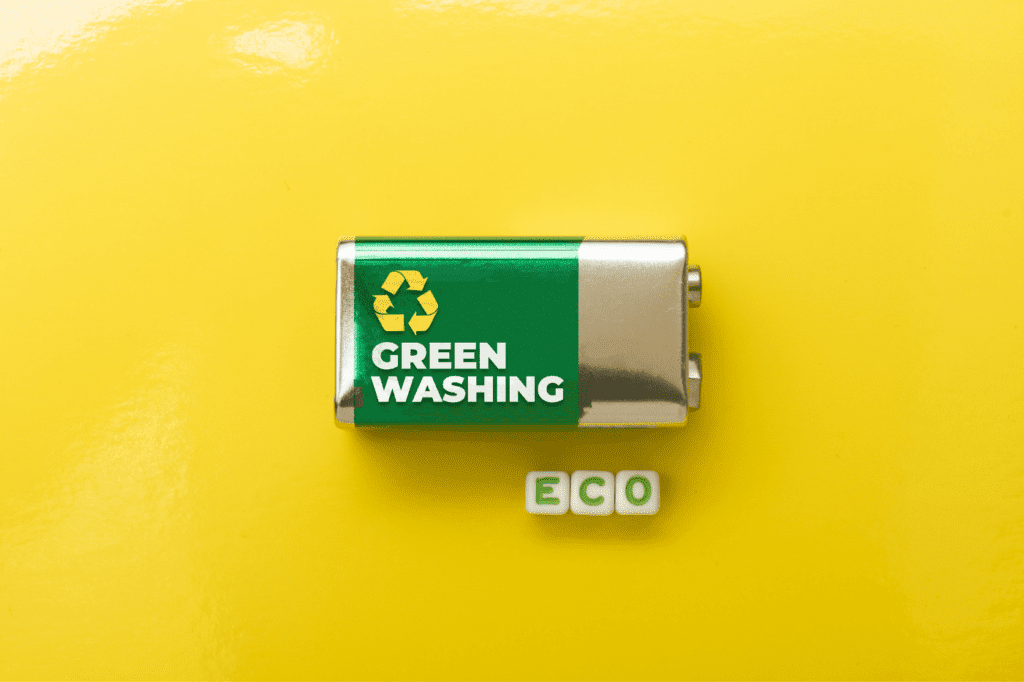
Educate Yourself
Stay Informed: Learn about genuine eco-friendly practices and certifications. Knowledge is your shield against deceptive claims.
Look Beyond Labels
Scrutinize Claims: Don’t rely solely on flashy labels. Investigate the company’s practices and sustainability certifications to ensure legitimacy.
Check Certifications
Trust Reputable Labels: Look for recognized certifications like USDA Organic, Fair Trade, or Energy Star. These indicate a commitment to genuine sustainability.
Research Company Practices
Dive Deeper: Explore a company’s overall environmental initiatives, not just the ones highlighted in marketing materials. Genuine efforts span across various aspects of operations.
Transparency Matters
Demand Clarity: Authentic companies are transparent about their processes. If information is vague, it might be a red flag.
Question Vague Terminology
Beware of Buzzwords: Terms like “green,” “eco-friendly,” or “natural” can be vague. Look for specifics and concrete examples of sustainable practices.
Verify Supply Chain Practices
Trace the Journey: Understand a product’s entire supply chain. A truly eco-friendly product considers sustainability from manufacturing to disposal.
Check for Consistency
Match Actions with Claims: Ensure a company’s marketing aligns with its overall practices. Consistency is a hallmark of authenticity.
Investigate Third-Party Reviews
Consumer Feedback: Explore reviews and testimonials. Genuine sustainable practices often garner positive feedback from consumers.
Support Transparent Brands
Choose Wisely: Opt for brands that are open about their practices, challenges, and ongoing efforts. Transparency builds trust.
Stay Skeptical of Overstated Claims
Be Cautious: If a product or company claims to be a miracle solution for the environment, approach with skepticism. Real sustainability requires ongoing effort.
Support Brands with Track Records
Proven Commitment: Brands with a history of genuine sustainability are more likely to stay true to their values.
By being an informed and discerning consumer, you contribute to a marketplace where authenticity triumphs over greenwashing.
The Poisonous Impact: How Greenwashing Undermines a Brand’s Reputation

Erodes Trust
Deceptive Practices: Greenwashing involves misleading consumers. Once exposed, trust in the brand crumbles, and consumers become skeptical of future claims.
Consumer Backlash
Disappointed Customers: When consumers discover they’ve been misled, frustration ensues. Social media amplifies dissatisfaction, leading to negative publicity and potential boycotts.
Loss of Credibility
Betrayal of Expectations: Greenwashing signals a disconnect between a brand’s promises and its actual commitment. This betrayal erodes the brand’s credibility.
Damage to Brand Image
Stained Reputation: The revelation of greenwashing tarnishes a brand’s image. Once associated with deception, it becomes challenging to regain a positive public perception.
Legal Consequences
Facing Legal Action: Authorities can take legal action against companies for false advertising or violating consumer protection laws, resulting in financial penalties and further damage to the brand’s reputation.
Competitive Disadvantage
Lost Market Share: Genuine sustainable brands gain favor, leaving greenwashers at a competitive disadvantage. Consumers increasingly prioritize authenticity, impacting market share.
Employee Disengagement
Internal Impact: Employees may feel disillusioned when their company’s values are compromised. This can lead to decreased morale, productivity, and overall engagement.
Investor Concerns
Financial Fallout: Investors may withdraw support from companies engaged in greenwashing, fearing financial risks associated with reputational damage.
Long-Term Consequences
Sustainability Commitment: Consumers are more likely to remember a brand’s deceptive practices, affecting its ability to rebuild trust and establish genuine sustainability efforts in the future.
Social Media Amplification
Viral Negative Impact: In the age of social media, negative information spreads rapidly. A greenwashing scandal can go viral, amplifying its impact and making recovery even more challenging.
Environmental Impact Criticism
Double-Edged Sword: Greenwashing not only harms a brand’s reputation but also draws attention to its actual environmental impact, potentially highlighting practices that are genuinely harmful.
Rebuilding Trust is Difficult
A Long Road Ahead: Even if a brand commits to genuine sustainability, rebuilding trust is a slow and challenging process. The stain of greenwashing lingers.
In summary, greenwashing isn’t just a short-term PR problem; it inflicts lasting damage on a brand’s reputation, affecting relationships with consumers, investors, and employees. The aftermath of greenwashing can be a cautionary tale for brands across industries.
Popular Brands and Greenwashing
Is Coca-Cola greenwashing?
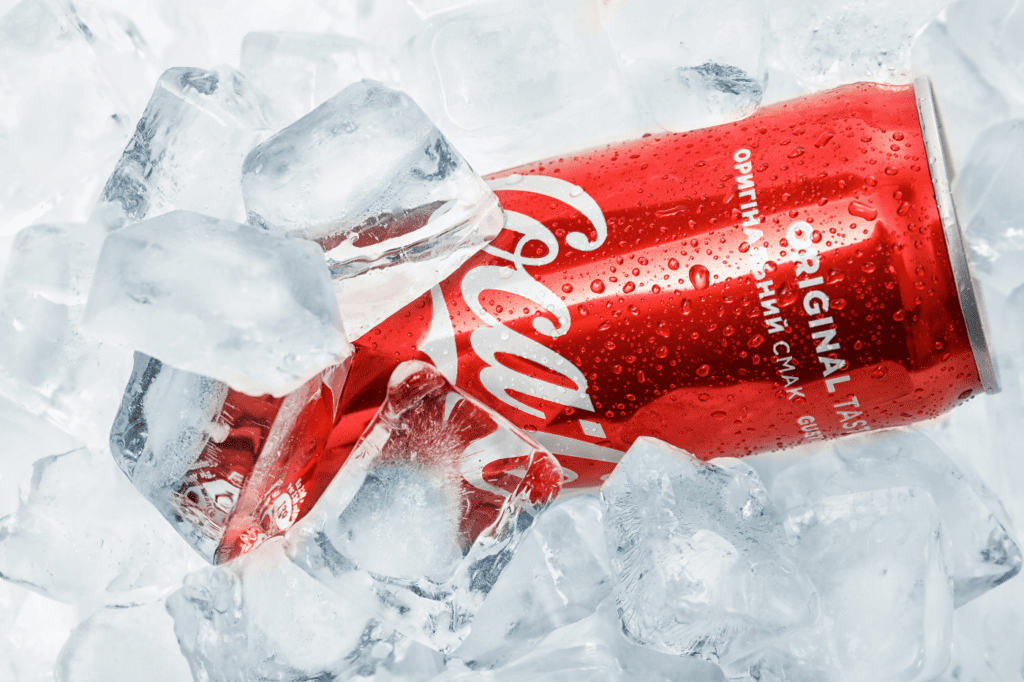
Yes, Coca-Cola has been accused of greenwashing, along with Nestle, over claims about their plastic bottles being “100% recycled.”
A legal complaint issued by a European consumer group and environmental campaigners challenges these claims.
The complaint points out that lids cannot be made from recycled materials under EU law, labels are rarely made from recycled material, and adding non-recycled plastic to the body is common practice.
Additionally, the term “100% recyclable” is deemed ambiguous, considering factors like the effectiveness of recycling processes and available infrastructure. The case highlights concerns about the accuracy of Coca-Cola’s sustainability messaging.
For a deeper understanding of the accusations and the legal complaint, you can read the source article here.
Is H&M greenwashing?

Yes, there are indications that H&M engaged in greenwashing, as revealed in a recent exposé.
The report suggests that H&M’s environmental promise was compromised by a scorecard system that misrepresented the environmental impact of products.
More than half of the scorecards allegedly portrayed products as more environmentally friendly than they actually were, with instances of providing misleading information about sustainability.
Following the report, H&M removed the scorecards, and the Sustainable Apparel Coalition paused their use, reassessing their methodology. This case illustrates how greenwashing can undermine a brand’s commitment to sustainability.
For a detailed look at the exposé and its findings, you can refer to the source article here.
Is Zara greenwashing?

Yes, Zara has been criticized for greenwashing, particularly in relation to its claims of sustainability.
Despite launching a limited-edition line of “sustainable fashion” made from polyester created from captured carbon emissions, critics argue that Zara is using sustainability as a marketing ploy rather than addressing the overconsumption crisis.
The brand’s fast fashion practices, contributing to overproduction and a disposable fashion mentality, have been a point of contention.
For a detailed exploration of the concerns and criticisms regarding Zara’s sustainability claims, you can refer to the source article here.
Is Nike greenwashing?
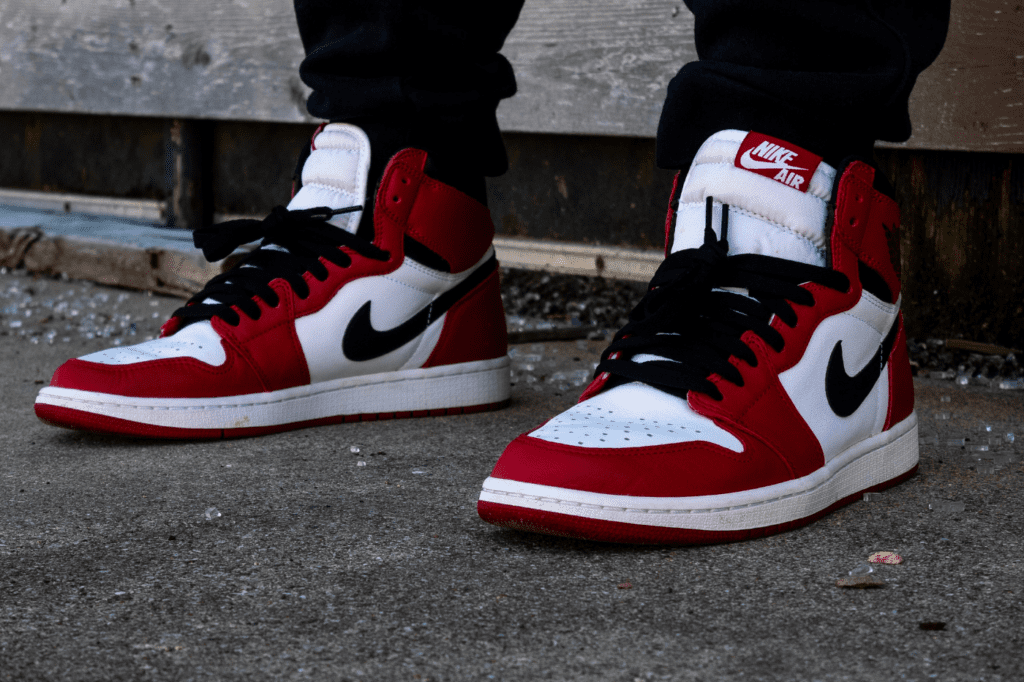
Yes, Nike is being accused of greenwashing.
A recent lawsuit claims that Nike is misleading people by saying its products are environmentally friendly when, in reality, only a small part of their “sustainable” collection uses recycled materials. This lawsuit suggests that Nike might not be as eco-friendly as it claims.
You can read more about the case here.
Is Ikea greenwashing?

The question of whether IKEA is engaging in greenwashing is nuanced.
While the furniture giant has introduced sustainability initiatives, such as the ‘buy back’ campaign and commitments to circular design, critics have raised concerns.
Some question the environmental impact of IKEA’s practices, citing instances like the construction of its “most sustainable store” in London, which involved demolishing another sustainable building.
IKEA acknowledges internal debates about avoiding greenwashing and has partnered with circular economy experts. The company aims to make all its products from renewable or recycled materials within the next decade. However, skepticism remains, emphasizing the need for ongoing scrutiny.
For more details, you can read the source article here.
Conclusion
Armed with insights into greenwashing, your choices now wield immense power. In a market flooded with claims, your discernment can drive authenticity.
Choose wisely, demand transparency, and let your purchases speak for sustainability. Every decision counts—shape a future where genuine eco-commitments prevail. Act now.
